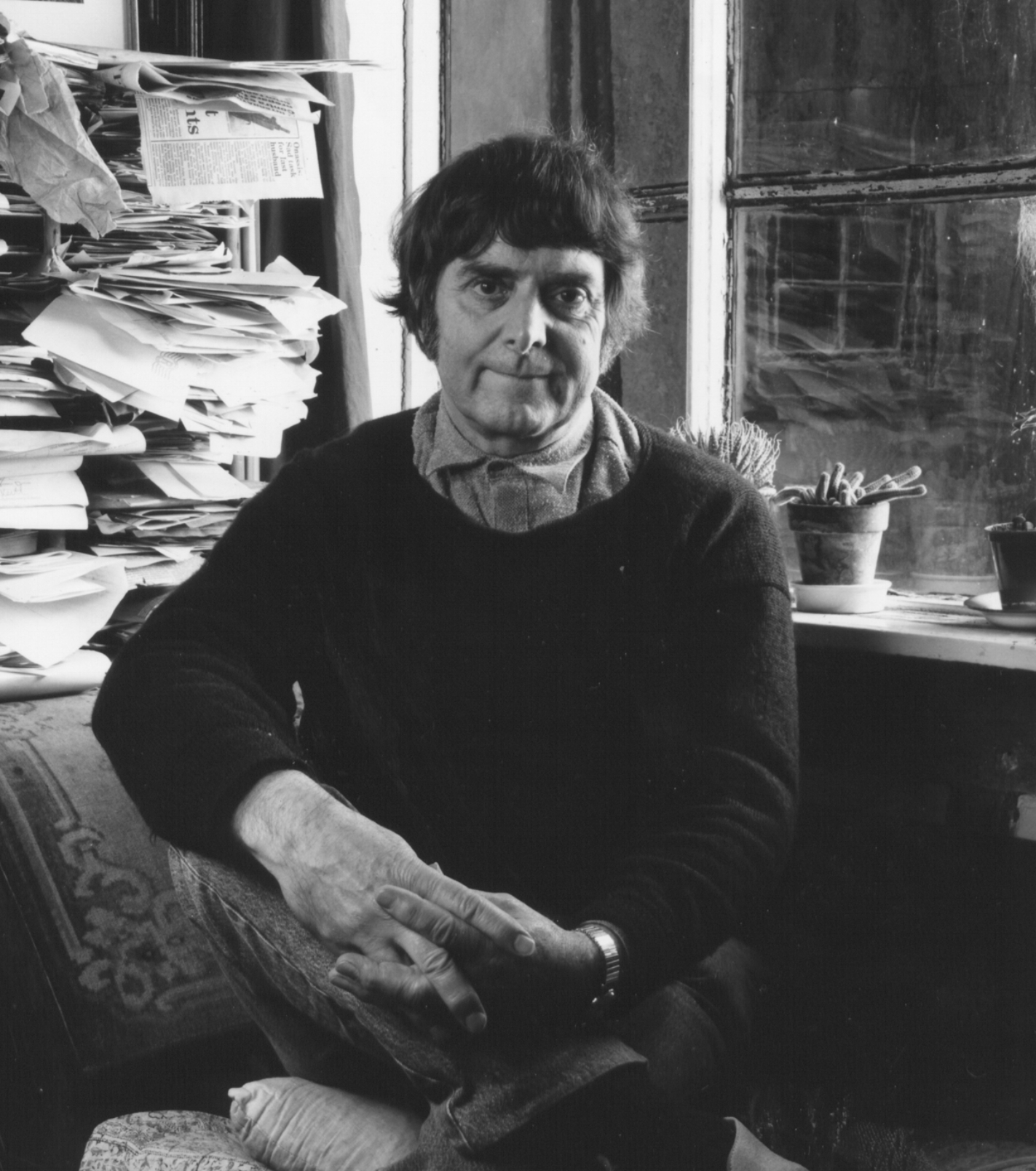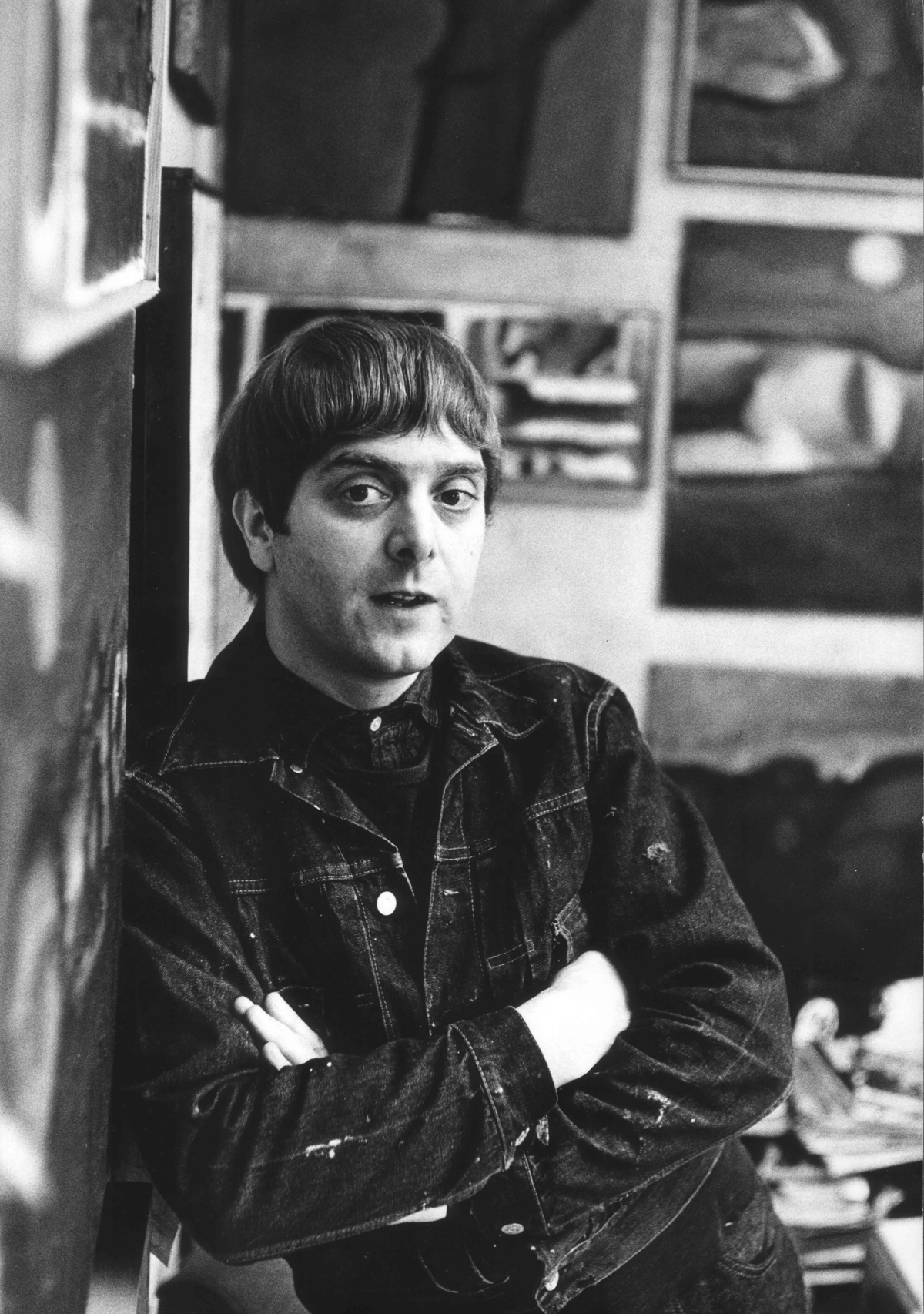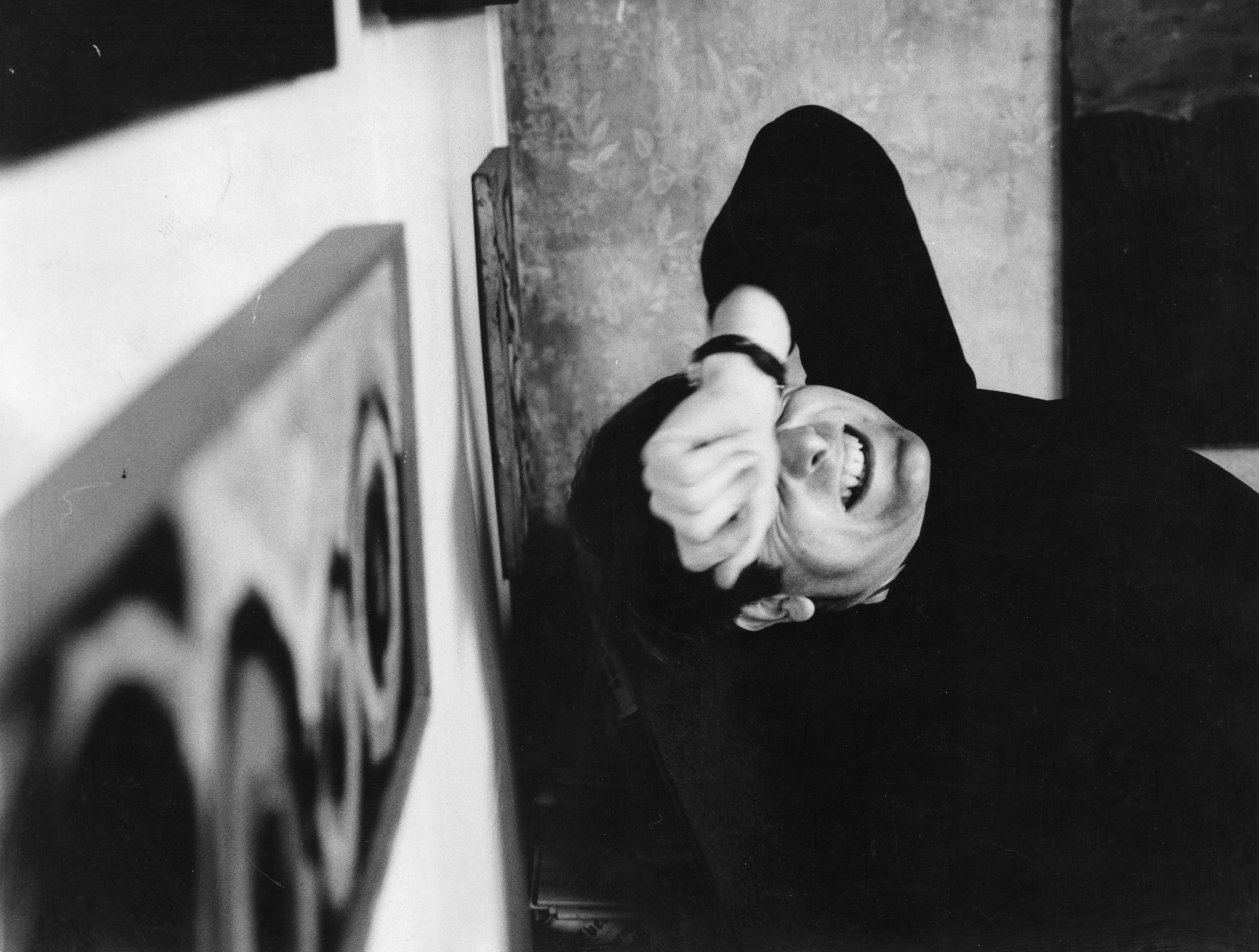"I'm a painter. That's what I do. I paint." - Josh Kirby
Many people are familiar with Josh Kirby’s work without realising it. Yes he’s world renowned as the first Discworld cover artist, but long before his association with Sir Terry Pratchett, Kirby was an established science fiction and fantasy artist, highly regarded for his inventive and skillful work and his paintings have adorned some of the most popular film posters and books.
Born Ronald William Kirby in Liverpool’s Waterloo district, he studied at Liverpool City School of Art from 1943 until 1948. Settling in London in around 1951, he worked as an artist in film and commercial advertising. After an early commission by Liverpool City Council to paint their Mayor, Kirby decided against the staid life of portrait-painting which had become a possibility while in art school.
His first published painting was produced in 1954 for the cover of Cee-Tee Man, a now largely forgotten science fiction novel by Dan Morgan. In 1956 he touched the beginning of the blockbuster James Bond phenomenon with a cover for the first Pan paperback edition of Ian Fleming's Moonraker. Kirby naturally progressed, coming to specialise in science fiction and fantasy.
His cover illustration career flourished into the 1970s when Kirby began freelancing for the film publicity agency FEREF, working with the likes of the designer Eddie Paul on a number of posters, lending his talent to depict the characters in Return of the Jedi. When the market for poster illustration dried up towards the middle of the 1980s, Kirby began what would prove to be a long relationship working on the book covers for author Sir Terry Pratchett’s Discworld series of novels. Kirby created over 400 cover paintings, including the literary works of Ian Fleming, Ray Bradbury, Isaac Asimov, Alfred Hitchcock, Jimmy Sangster, Richard Matheson, Jack Kerouac, Jules Verne, Edgar Rice Burroughs and H. G. Wells.
Kirby’s interest in historical art was palpable, and he acknowledged a debt to artists including Bosch, Bruegel and Brangwyn. But ultimately, Kirby developed a vision that was uniquely his own.
From 1965 until his death Kirby lived in an old Norfolk rectory, painting in a cramped pantry space no bigger than a cupboard. There he created much of his best known work. His heroes and heroines are archetypal fantasy figures; his scenes infused with ribald humour. Fantasy art is often associated with airbrushing but Kirby’s works were meticulously hand-painted, usually in gouaches or oils, over a period of four to eight weeks.





